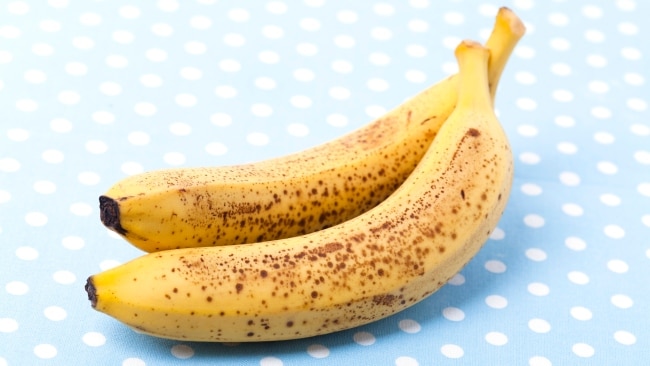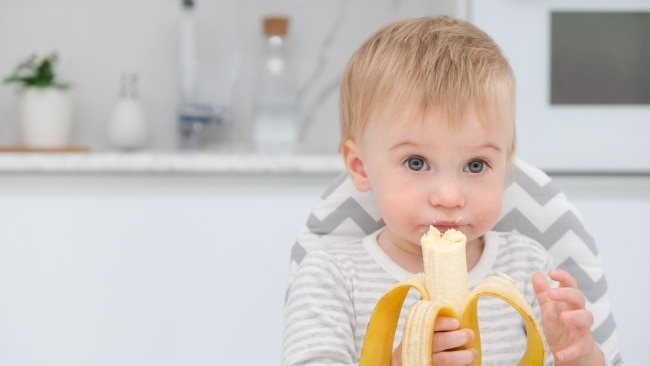Scientists reveal the truth about why bananas go brown and spotty when ripe
This might make you think twice about how you store them...
Lifestyle
Don't miss out on the headlines from Lifestyle. Followed categories will be added to My News.
Along with their old mate avocado, the banana has to be one of the most annoying fruits. Tasty... but annoying.
We all have our preferences about when the best time to snack on the yellow fruit is. For me, it's the moment it goes from slightly green to yellow. Still firm.
But you can bet top dollar that hardly anyone in your house is going to reach for a spotty and brown banana - especially any children - and just like the avocado, that window between beautiful and yellow to old and spotty is a very narrow one. So why do bananas go spotty when ripe? And why does it happen so quickly?
Want more TV news? Sign up to Kidspot’s Talking TV newsletter for all the up-to-date news sent straight to your inbox.

Why do bananas go brown and spotty when ripe?
They're some of life's important questions. So we did a little digging and while it's a rather scientific reason, it will still make you think about how you store the precious fruit at home.
Bananas are in their best ripe form when they've turned completely bright yellow. The moment they get a brown spot is the moment they start to become over ripe and begin producing too much of the gas ethylene. High amounts of this gas cause the banana to decay quickly and that decay comes in the form of dark pigmentation on the skin of the banana.
Ethylene production is also a reaction caused by oxygen in the air and when produced, breaks down the chlorophyll in the skin.
According to a new study by Florida State University and published in the journal Physical Biology, the pattern of the ripening banana has been largely misunderstood because of the scientific processes behind it- and has resulted in a lot of food waste by humans.
The perfect time for banana bread
While spotty bananas become a little mushier than many of us prefer, the gas reaction and spotty colour actually turns the fruit sweeter. For many, it is seen as an excellent source of natural sweetener for baking, which is why it's often recommended for delicious banana bread recipes.
RELATED: What the red tips on supermarket bananas really mean

RELATED: Don't throw them! Here are 20 ways to use overripe bananas
How to stop your bananas from going spotty so quickly
While we could spit a whole lot of scientific jargon your way from the findings of the study, the simple way to prevent speedy spotting on your bananas is to store them a little differently at home.
Some popular methods include popping them in paper bags as the reduced sunlight and airflow around the skin can decrease the oxygen and the skin's reaction to it.
Another recommended way is to store your fruit in special containers that have low oxygen levels.
Others say popping them in the fridge allows them to ripen slower - though they will go brown very fast due to the cooler temperature and you can bet the kids will turn up their noses because of the colour despite what is going on underneath.
Bottom line is, oxygen levels exposed to the skin speed up the ripening process. The less amount of oxygen, the slower the fruit will ripen.
So a spot (pardon the pun) where you can control these levels is your best bet for beautiful yellow bananas that last a little longer.
More Coverage
Originally published as Scientists reveal the truth about why bananas go brown and spotty when ripe









